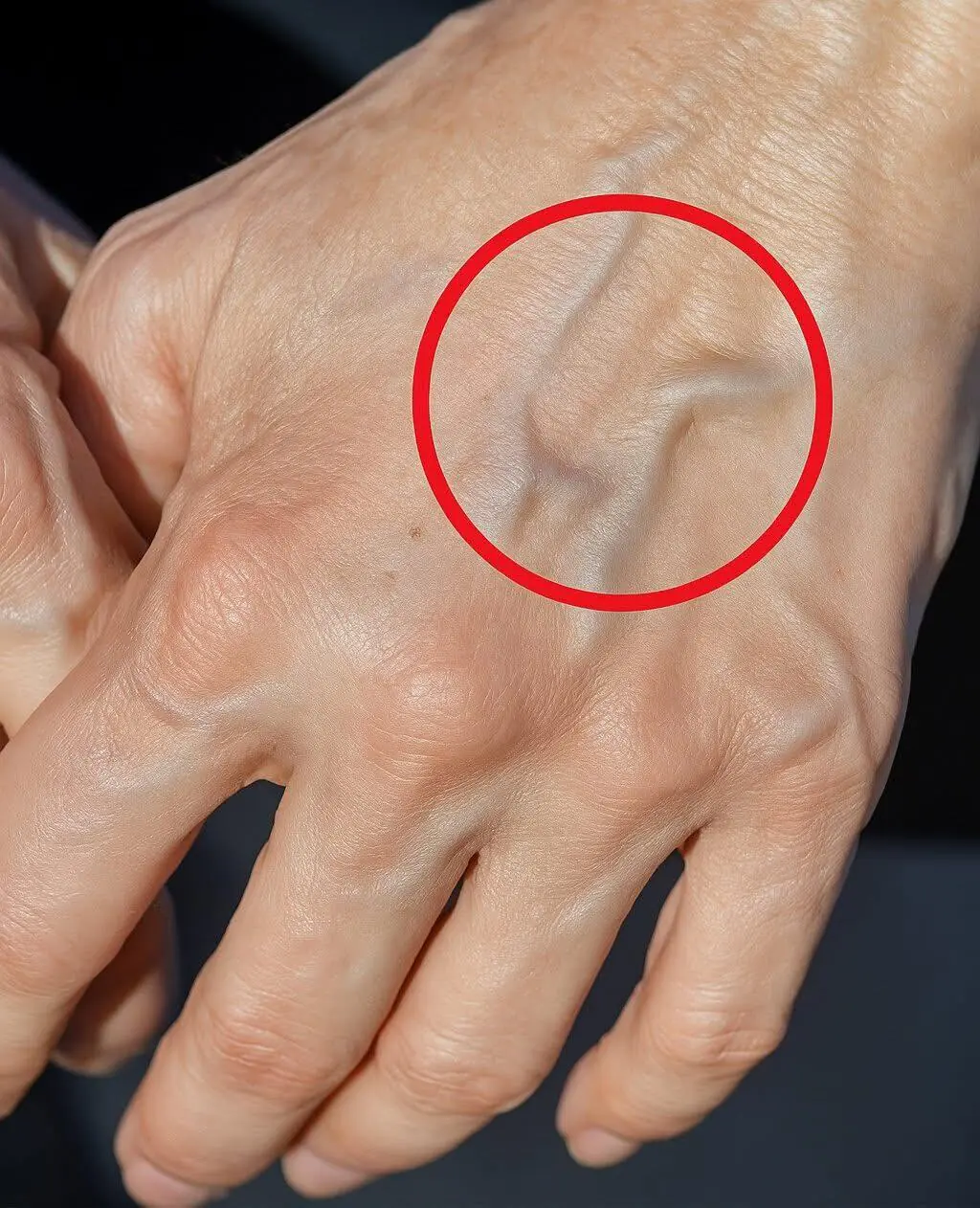
If the paint inside a rice cooker or non-stick pan is scratched or peeling
Many people believe that a frying pan, if still in good condition, can be used indefinitely. However, they don't realize that these pans can be the source of health issues, including cancer. While cooking pans generally have a long lifespan, their usage period is limited. Lifespan here refers to the pan's ability to hold and store food without becoming damaged, punctured, or deformed because they are made of metal. But "expiration" refers to the point where the pan should no longer be used as it could impact the user's health.
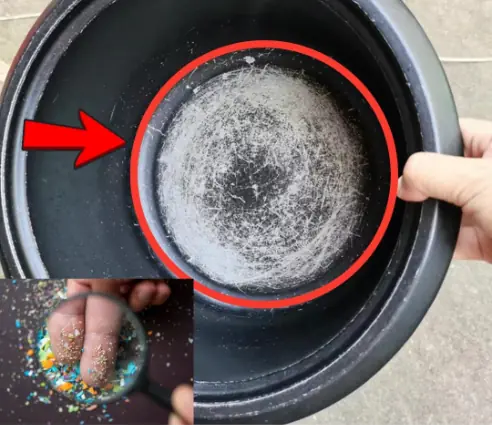
The kitchen is where family health is nurtured, and as the saying goes, "diseases enter the body through the mouth." Thus, cooking and eating are incredibly important for our well-being.
Many people assume that metal frying pans can be used for a long time because they don’t wear out easily. However, all pans, especially non-stick pans, have an expiration date. If a pan shows signs of wear such as scratches, discoloration, or peeling of the non-stick coating, it’s time to replace it.
Common pans made of aluminum with non-stick coatings can still be harmful if used for too long after the coating has been scratched, but non-stick pans are even more dangerous.
Scratches on non-stick pans are particularly hazardous. These pans are coated with Teflon, a material that creates a smooth surface, making cleaning easier and preventing food from sticking while cooking. Teflon is a very common material, but it’s not indestructible. Over time, it can wear out and become scratched.
When cooking at high temperatures, the Teflon coating may release toxic chemicals such as perfluorooctanoic acid (PFOA) and perfluoroisobutylene, which can enter the body through food. These chemicals have been linked to chest pain, difficulty breathing, and even cancer and miscarriage. The U.S. Environmental Protection Agency has classified PFOA as a cancer-causing agent.
Thus, experts advise that once a non-stick pan’s surface is scratched or deformed, it should no longer be used, as it can affect the flavor of food and is harmful to health. Scientists have found that just one scratch on a non-stick pan can cause 9,100 microplastic particles to detach and seep into food. Eating food contaminated with these particles could have long-term health consequences.
How to Use Non-Stick Pans Safely:
The maximum lifespan of a non-stick pan without scratches is 5 years. If it’s already scratched, even if it’s new, it’s no longer safe to use. If you use it daily or 3-4 times a week, ensure you replace your non-stick pan after 4-5 years to ensure safety and good health.
When a new non-stick pan is bought, it should be boiled with water to clean off any excess oil from the manufacturing process.
After use, the non-stick pan should be cleaned and hung to dry properly.
Avoid adding oil directly into a hot pan as it can cause the non-stick coating to peel off. Moreover, when cooking, never pour cold water into a hot pan, as it can cause the coating to come off more quickly.
When cooking with a non-stick pan, always use low to medium heat. If the pan gets too hot or begins to smoke, lower the temperature to prevent it from getting damaged.
Avoid stacking non-stick pans on top of each other to prevent scratches.
It’s also essential not to use sharp utensils to clean non-stick pans.
Similar to non-stick pans, rice cookers with peeling or scratched coatings should not be used, as they can also release harmful substances into the body.
According to nutrition expert Ann Louise Gittleman, to avoid chemicals entirely, you can opt for cast-iron or stainless steel pans. The advantage of cast-iron pans is that they are easy to clean, versatile, and inexpensive, but they can be quite heavy. Stainless steel pans are suitable for high-heat cooking and are perfect for stir-frying and frying meat, but they can burn food if the heat is too high, and they can be difficult to clean if burnt.
Nowadays, many families are choosing to switch from non-stick pans to regular pans. When frying, you can add banana leaves to the pan, fill it with oil, and add a little salt to prevent sticking.
News in the same category

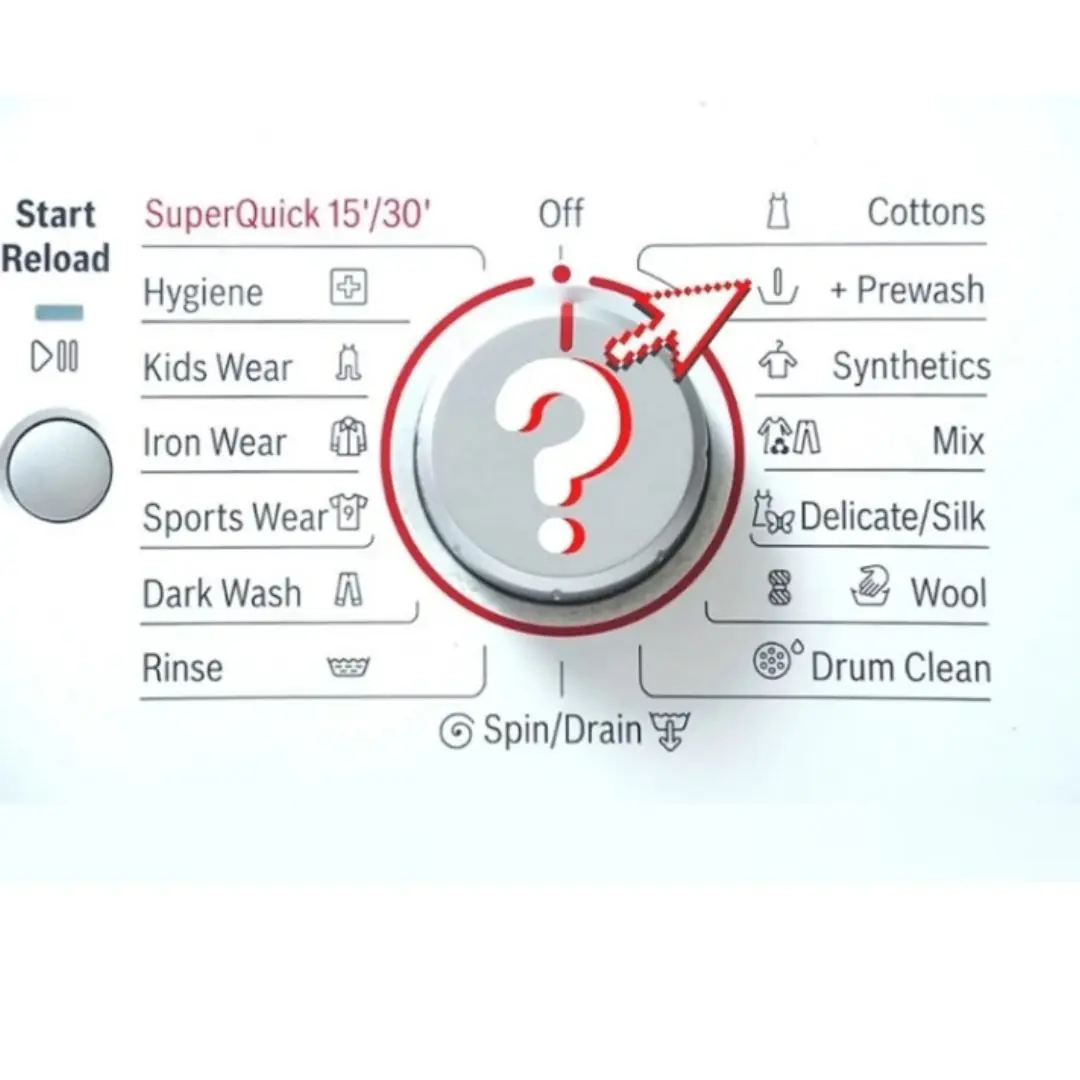
There is a button on the washing machine that if turned on, the clothes will be cleaner and last longer, but many people still don't know about it.
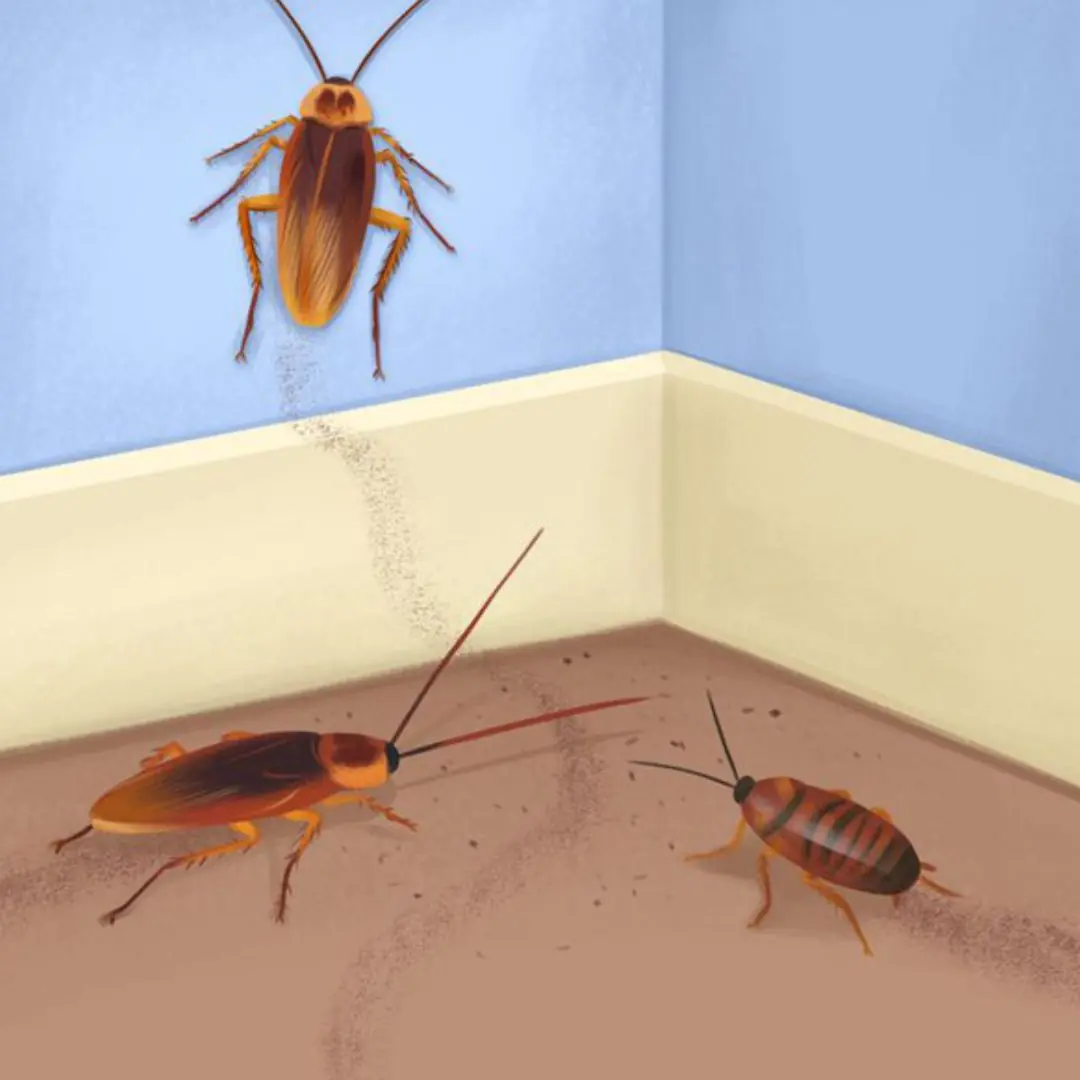
Pests Are Secretly Taking Over Your House — Watch Out for These 7 Warning Signs
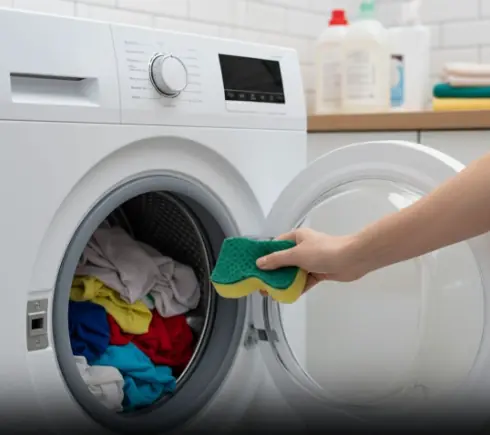
Don’t Throw Out Old Dish Sponges
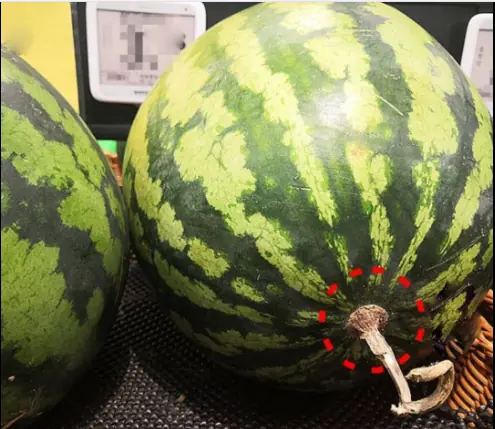
When buying watermelon, don't choose a big one.
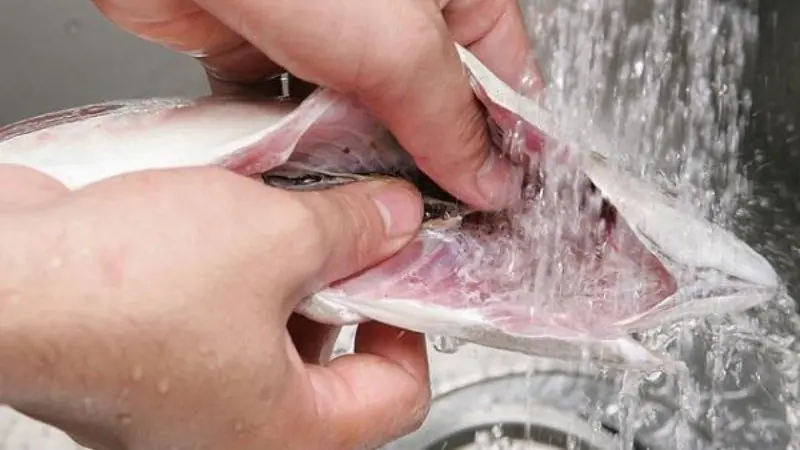
Why Does Fish Often Smell Fishy? The Real Reason Many People Don’t Know
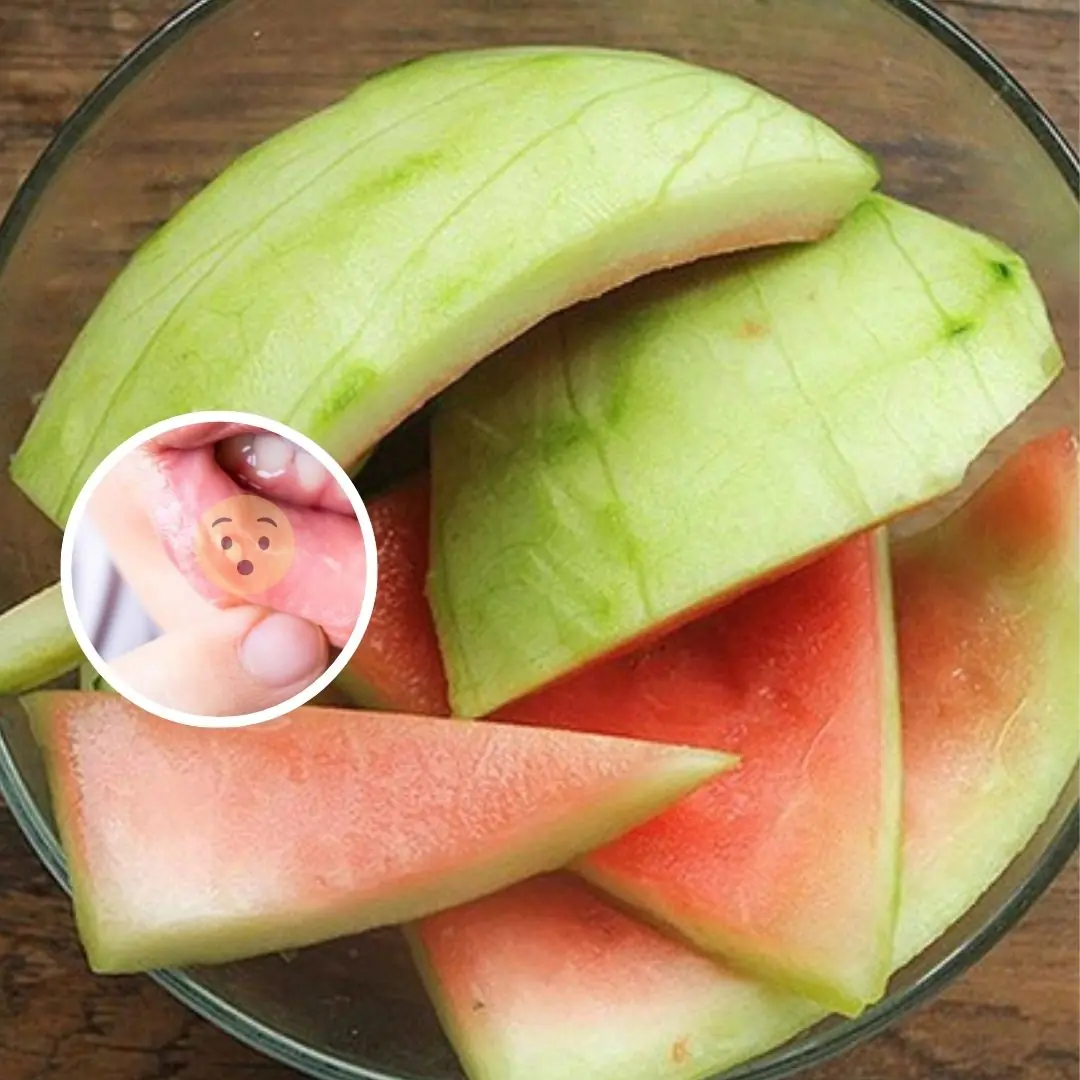
99% of people will throw away these 6 fruit peels when eating, but will regret it when they know their benefits
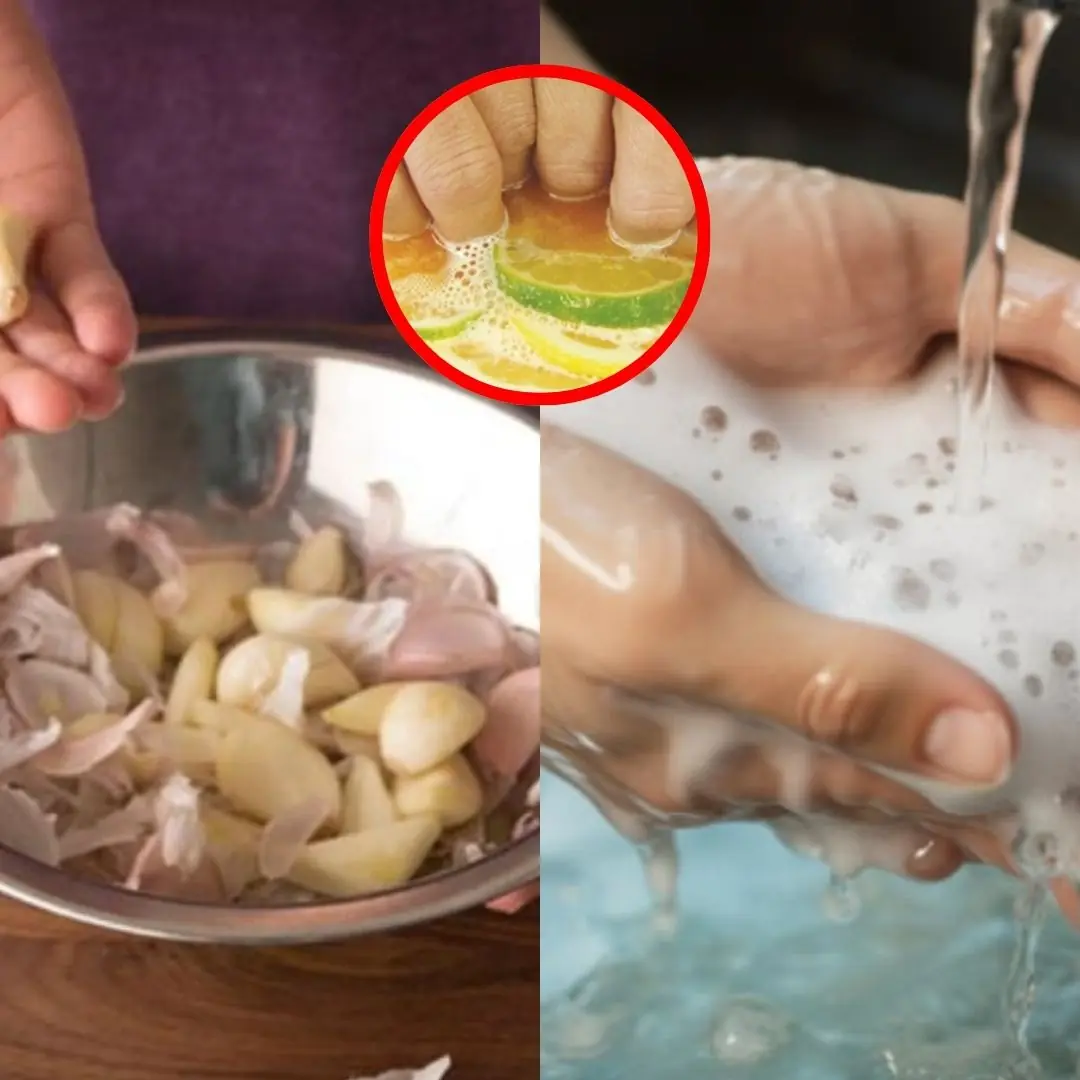
Struggling with garlic or onion smell on your hands? Try this simple trick—1 minute and it’s gone!
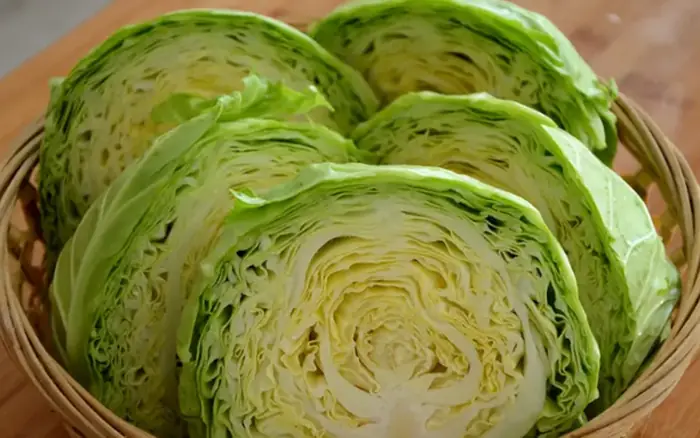
Tightly Wrapped or Loose Cabbage – Which Tastes Better?

Waking Up Between 3 And 5 AM Could Indicate a Spiritual Awakening
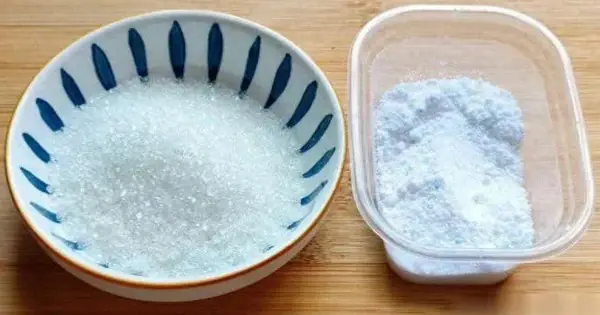
Mix White Sugar with Laundry Detergent Around the House
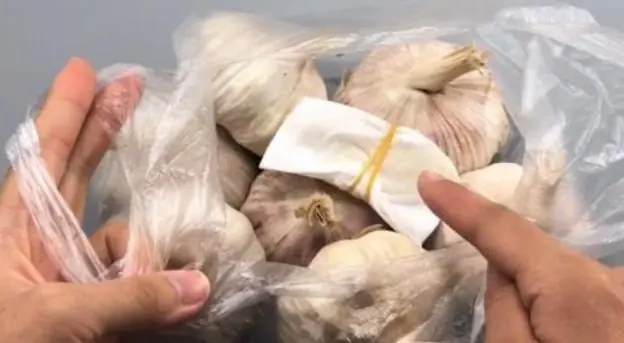
Today I discovered 3 super easy garlic storage hacks
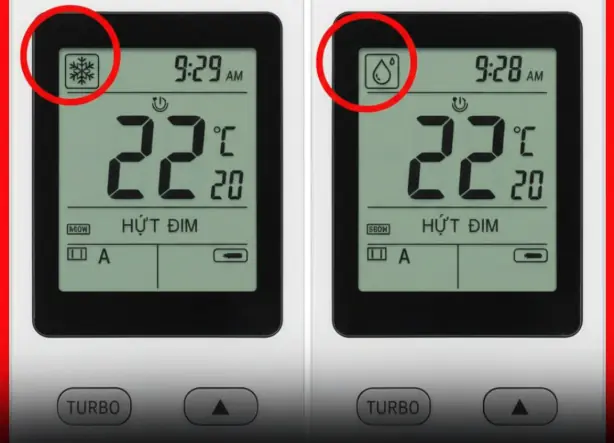
Tips for using air conditioning without worry
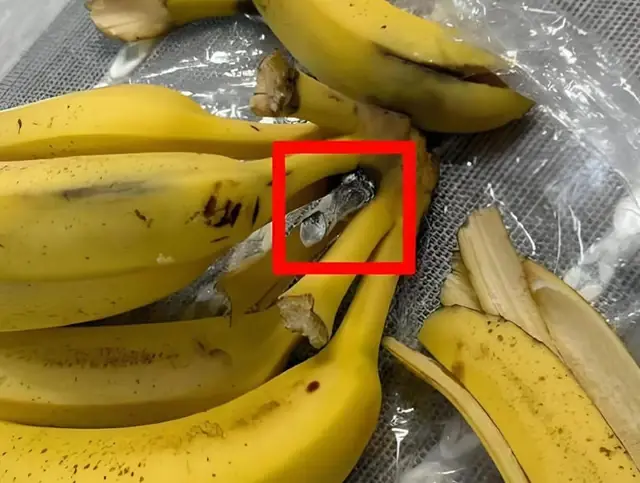
When buying bananas, if you see these 4 types, walk away immediately without hesitation!
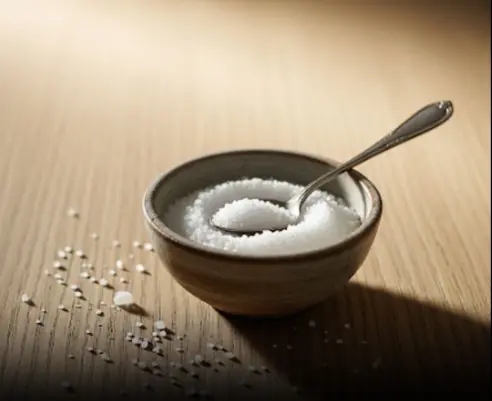
This One Superfood Could Tackle Major Health Issues—Here’s What You Need To Know

Why do women cross their legs when sitting?
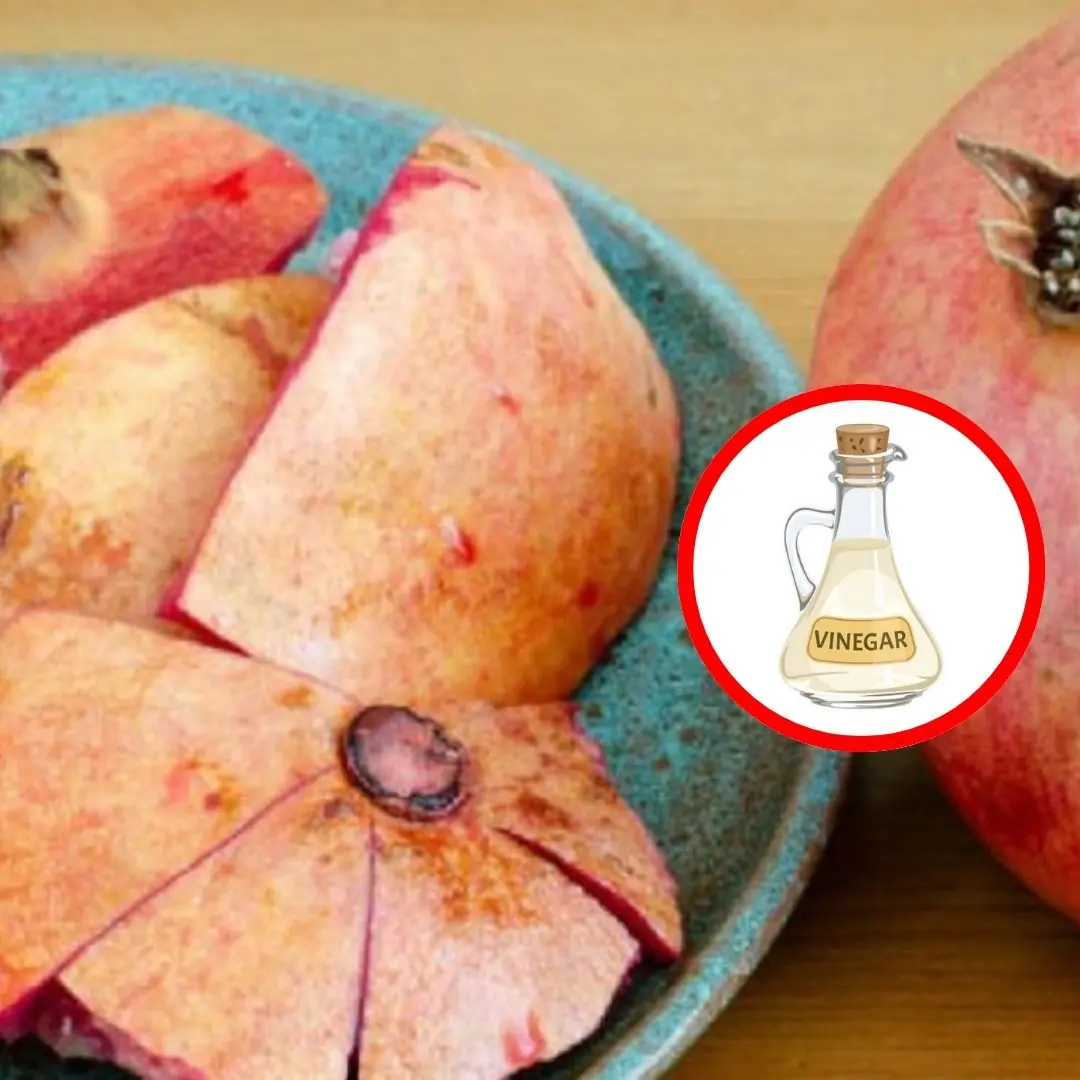
Soak Pomegranate Peel in White Vinegar – A Simple Trick That Solves Countless Household Problems
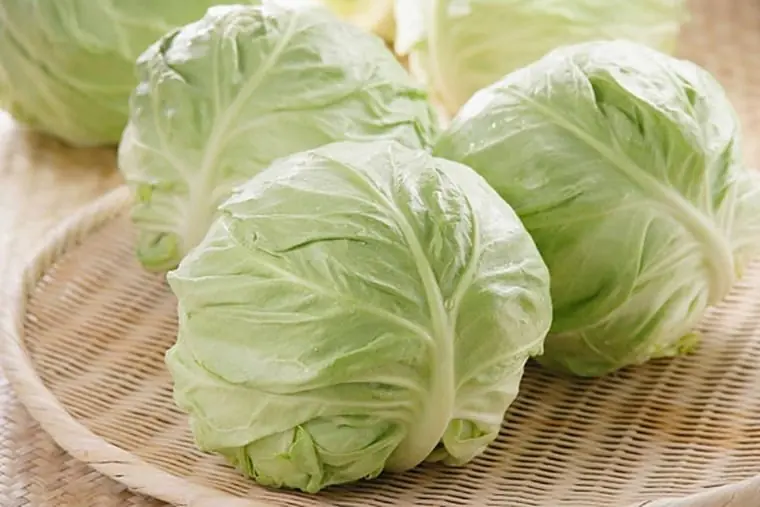
Cabbage Is Nutritious but Harmful for These 5 Groups of People
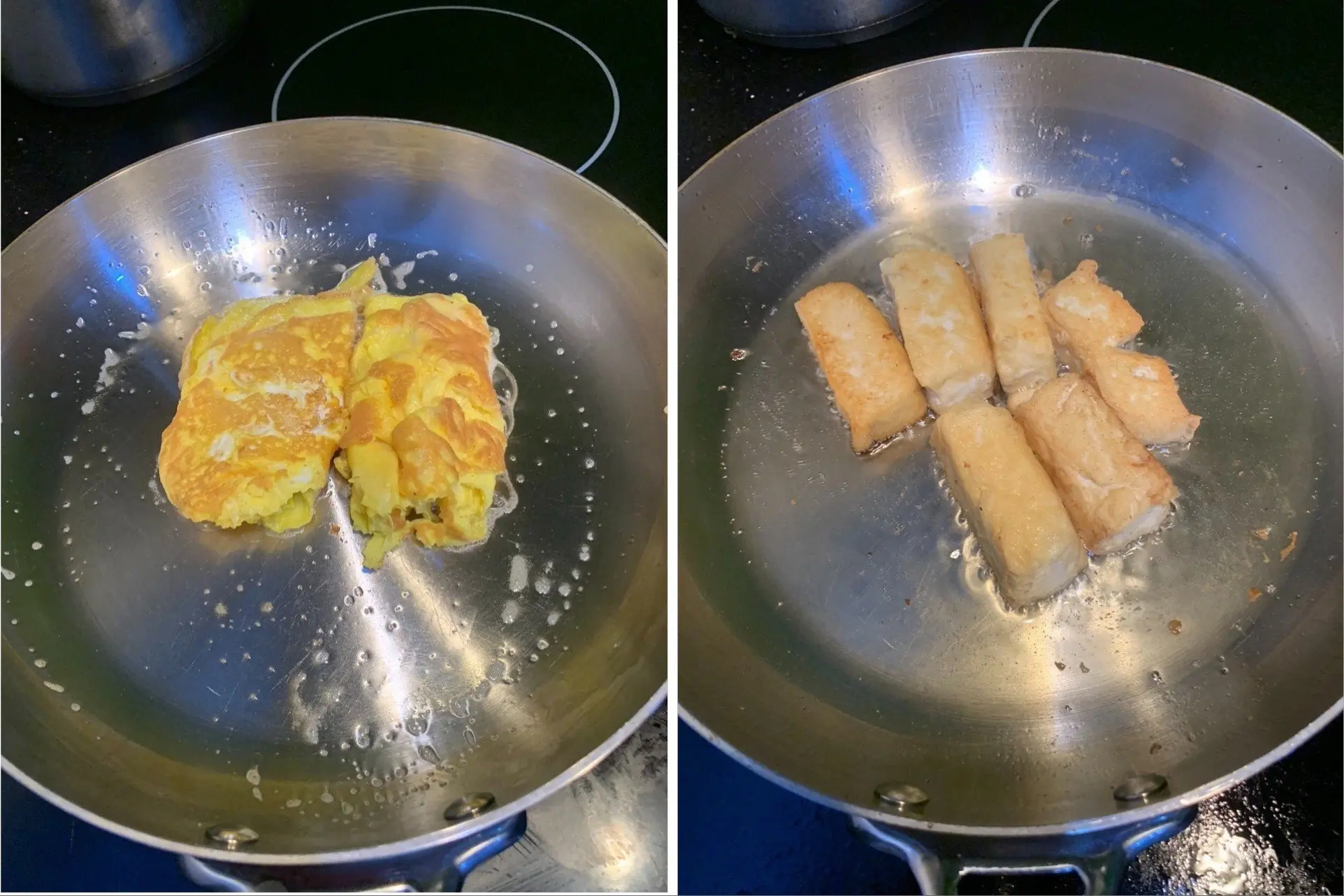
Frying Anything Without Sticking: Just Add This Liquid to the Pan
News Post
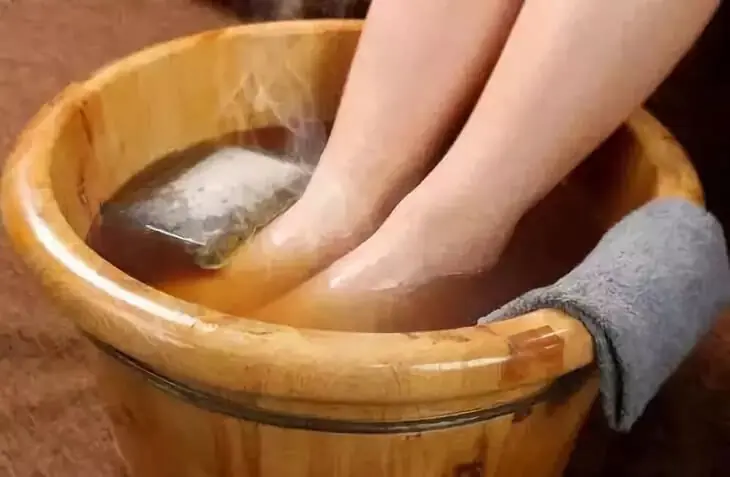
Smart Women Take Advantage of Their Peri.od to Do These 4 Things: Relieve Fatigue, Cleanse the Ute.rus, and Detox the Body
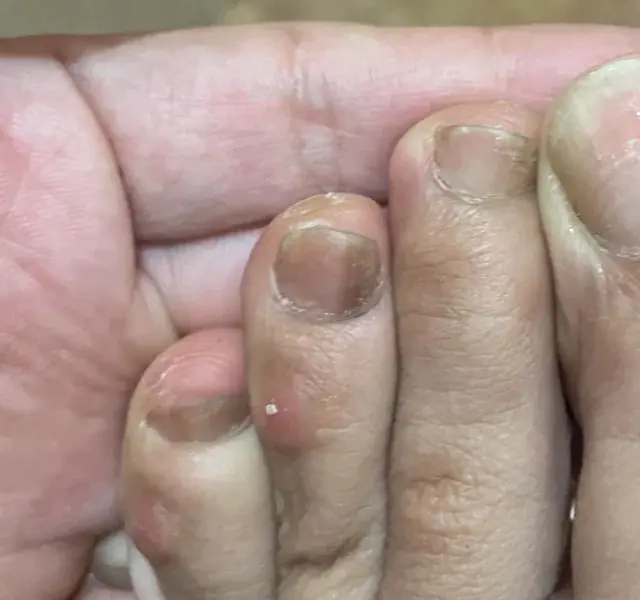
The Feet of People “Hiding” Can.cer Often Show 5 Differences

Hotel Staff Confess: 5 “Clean-Looking” Items in Motels & Hotels That Are Actually Filthy – Number 4 Will Sho.ck You Most!

Sign Someone Might Be Planning to Leave

12 signs that may signal a brain aneurysm — Don’t ignore them

hese 4 Changes on the Soles of Your Feet May Signal Poor Liver Health — Not Having Them Is a Blessing
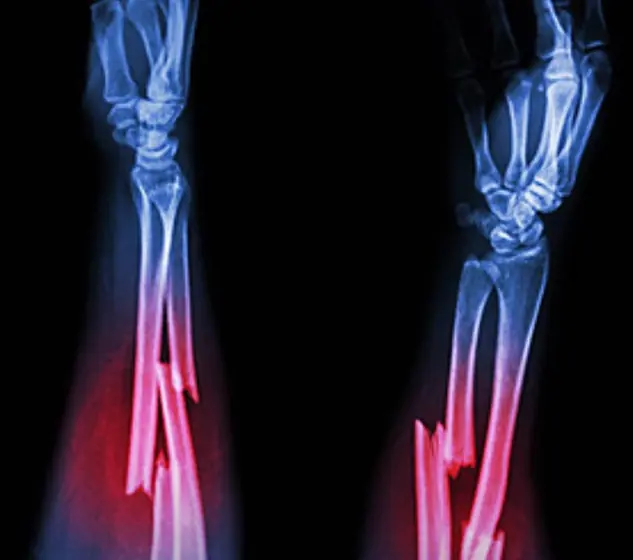
Strange theory for those who’ve never br.oken a bone
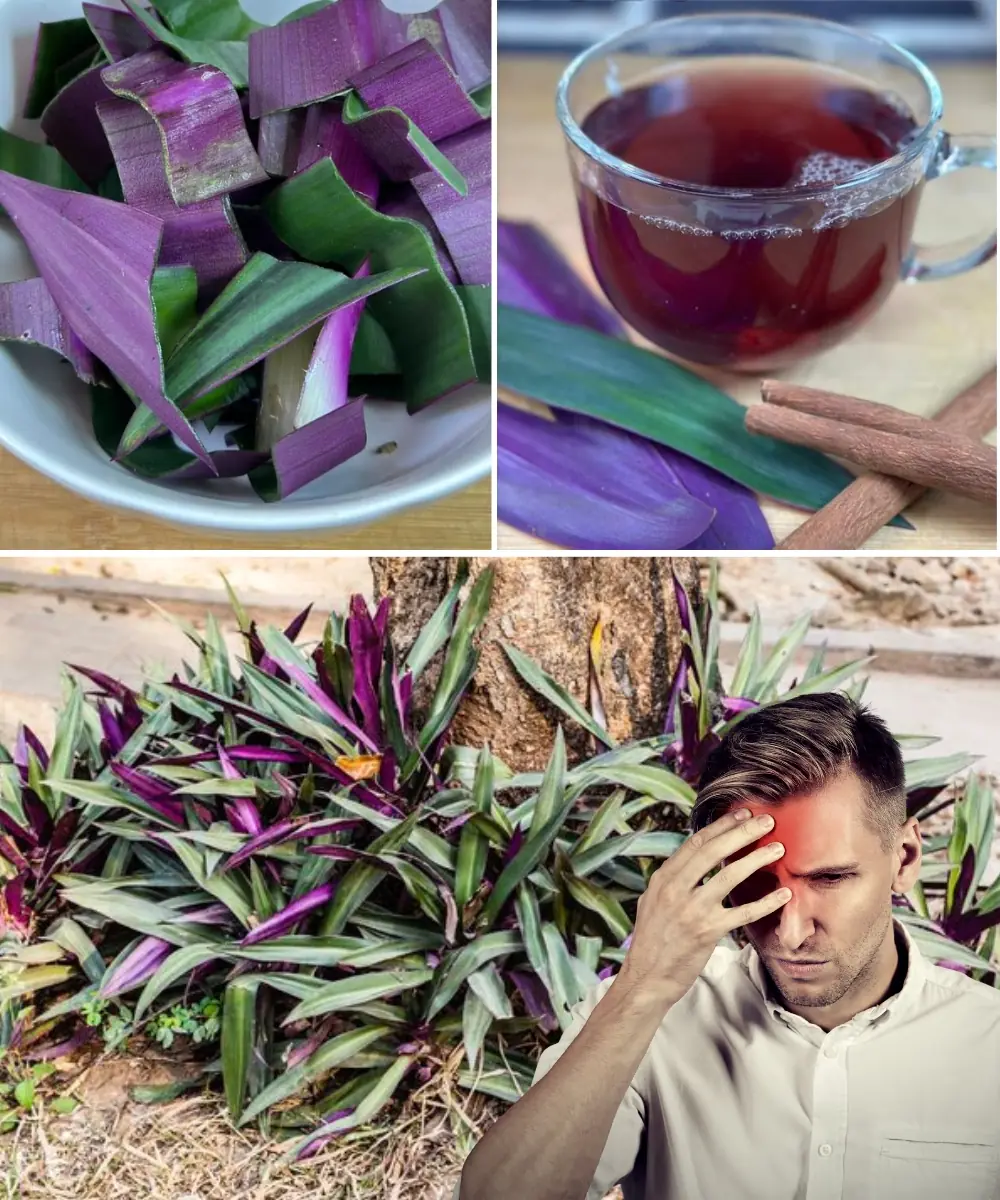
Purple leaf plant: A natural remedy for headaches and more
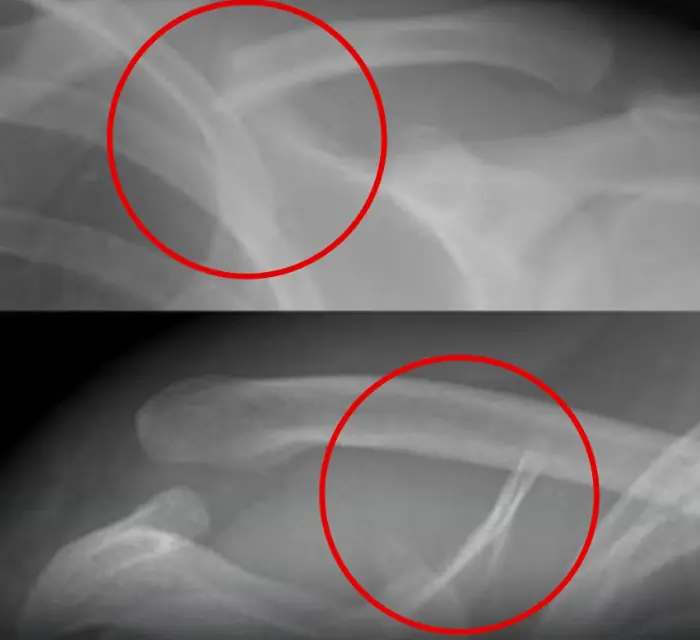
This poi.son des.troys your bones, but you drink it everyday
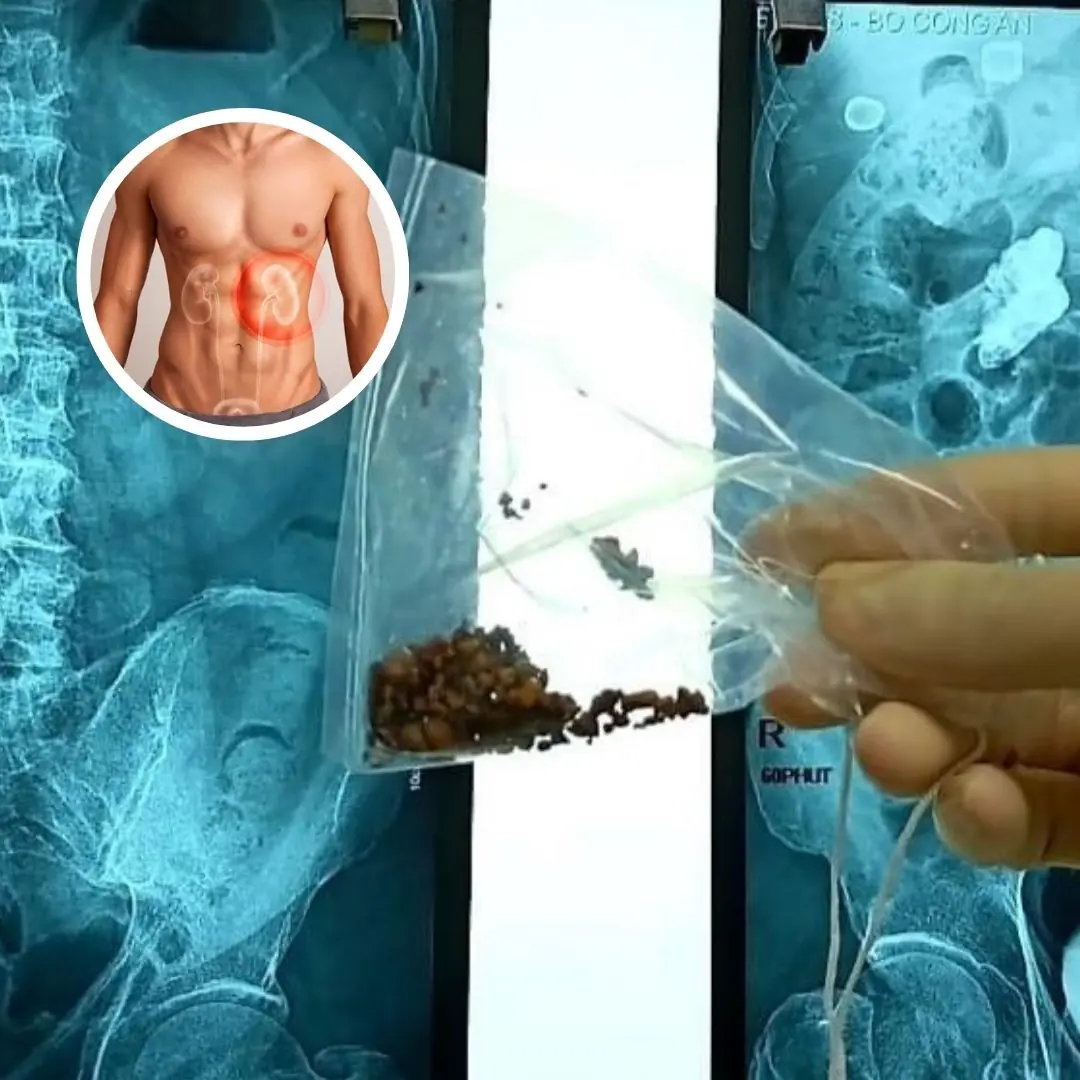
5 Red Flags of Kidney Stones That Everyone Should Watch Out For
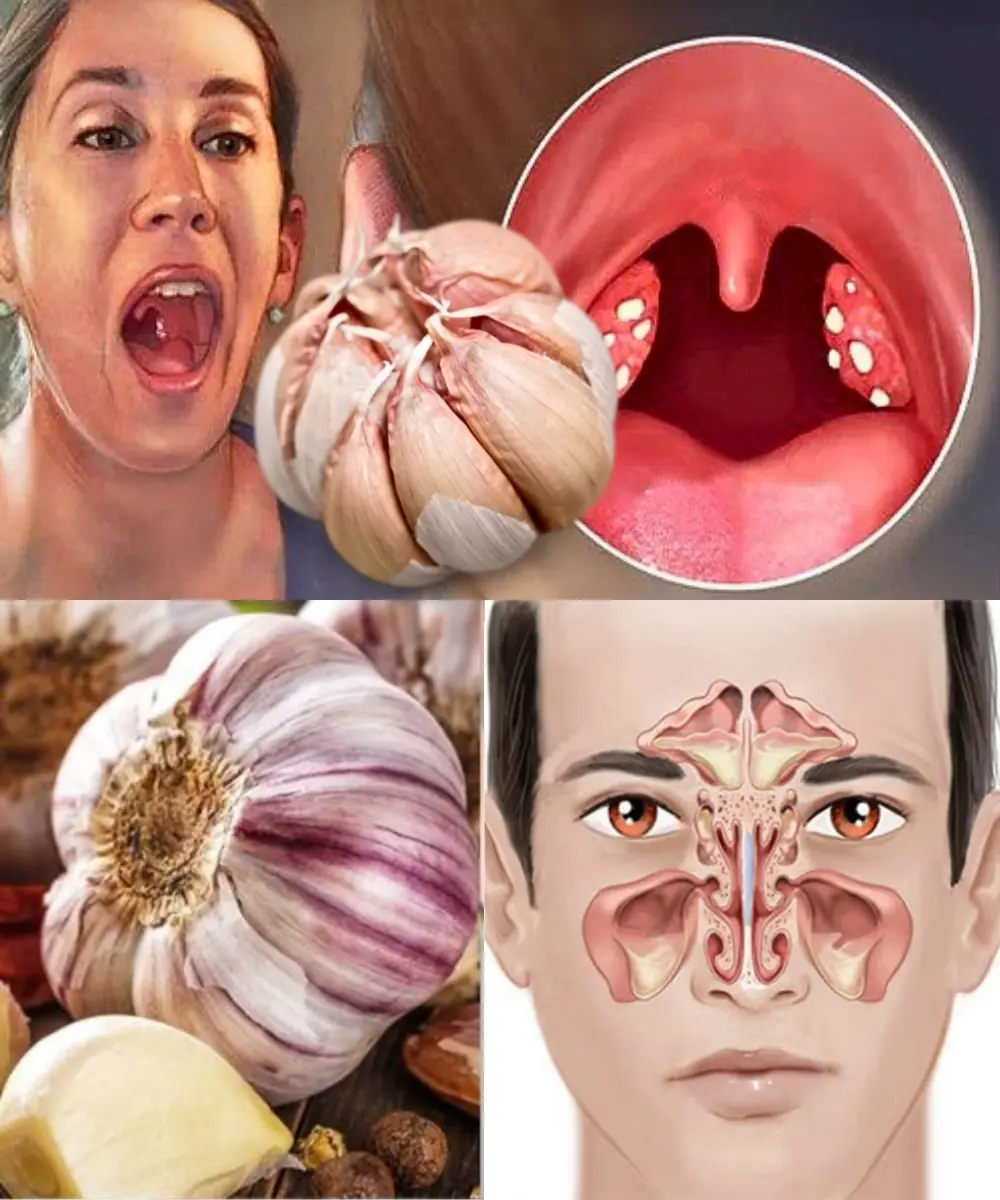
Garlic eliminates infections: Sinusitis, UTIs, Sore Throat & More – 12 benefits and how to use it
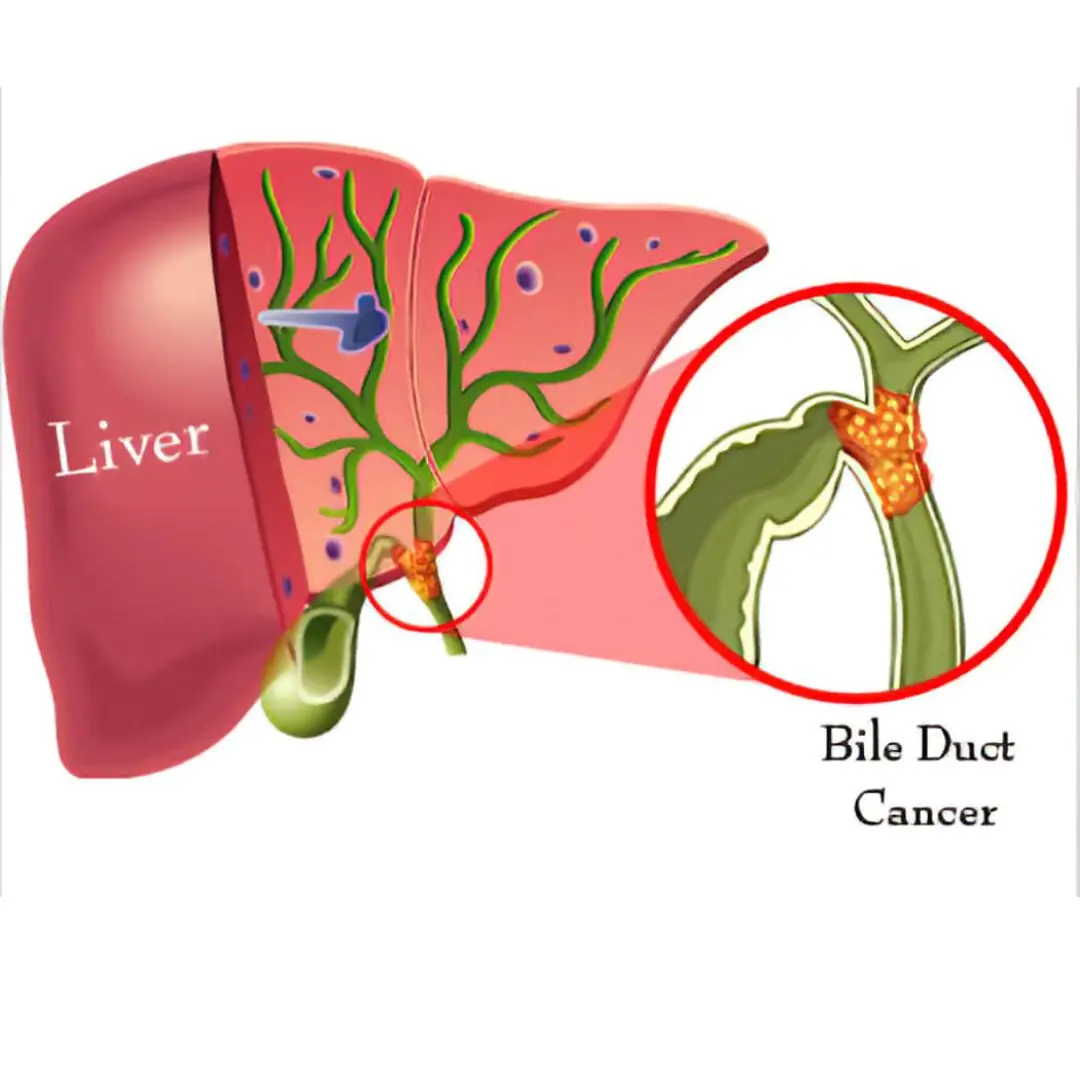
7 Early Signs of Bile Duct Cancer You Shouldn’t Ignore
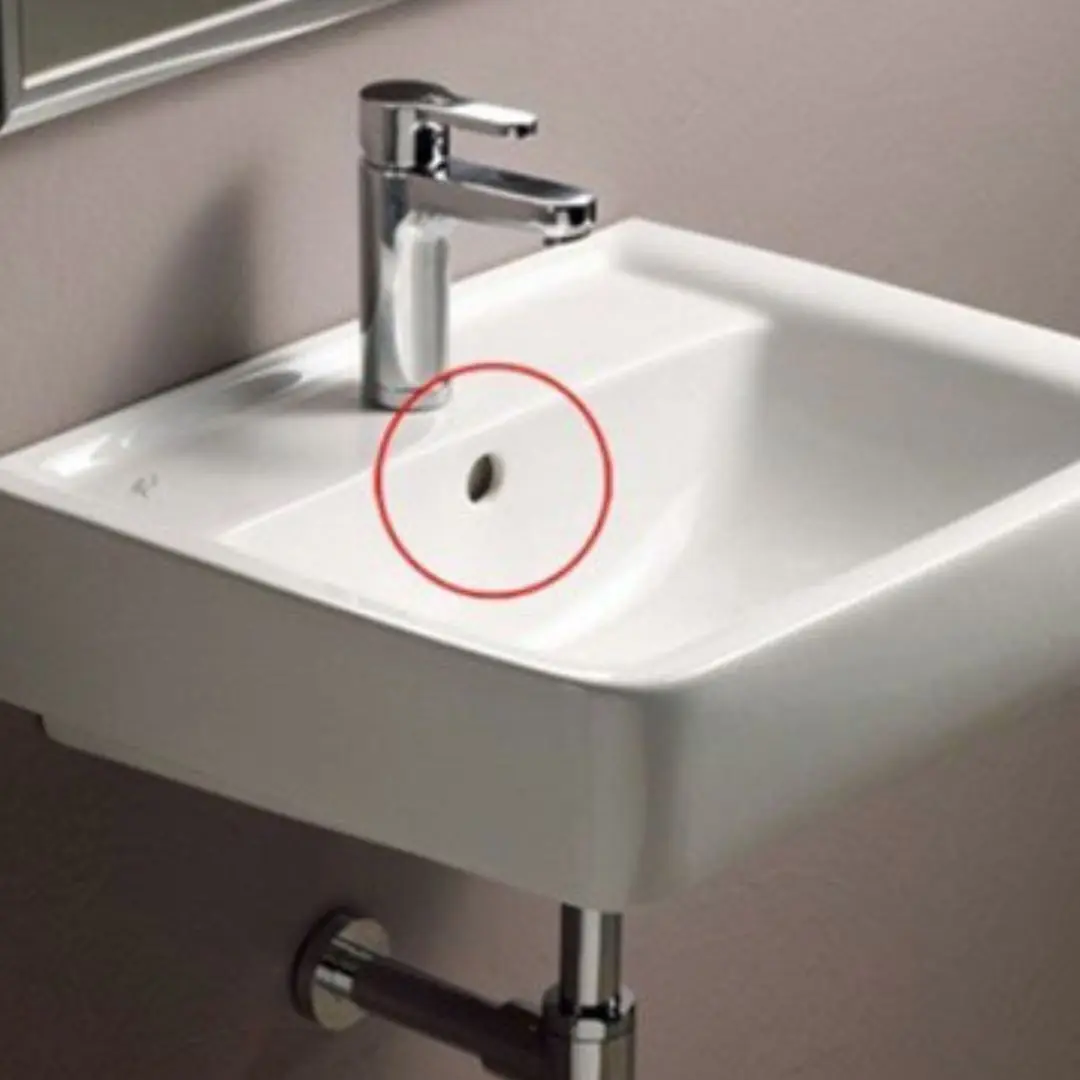
Few People Realize the Real Reason Behind That Little Hole Above the Sink
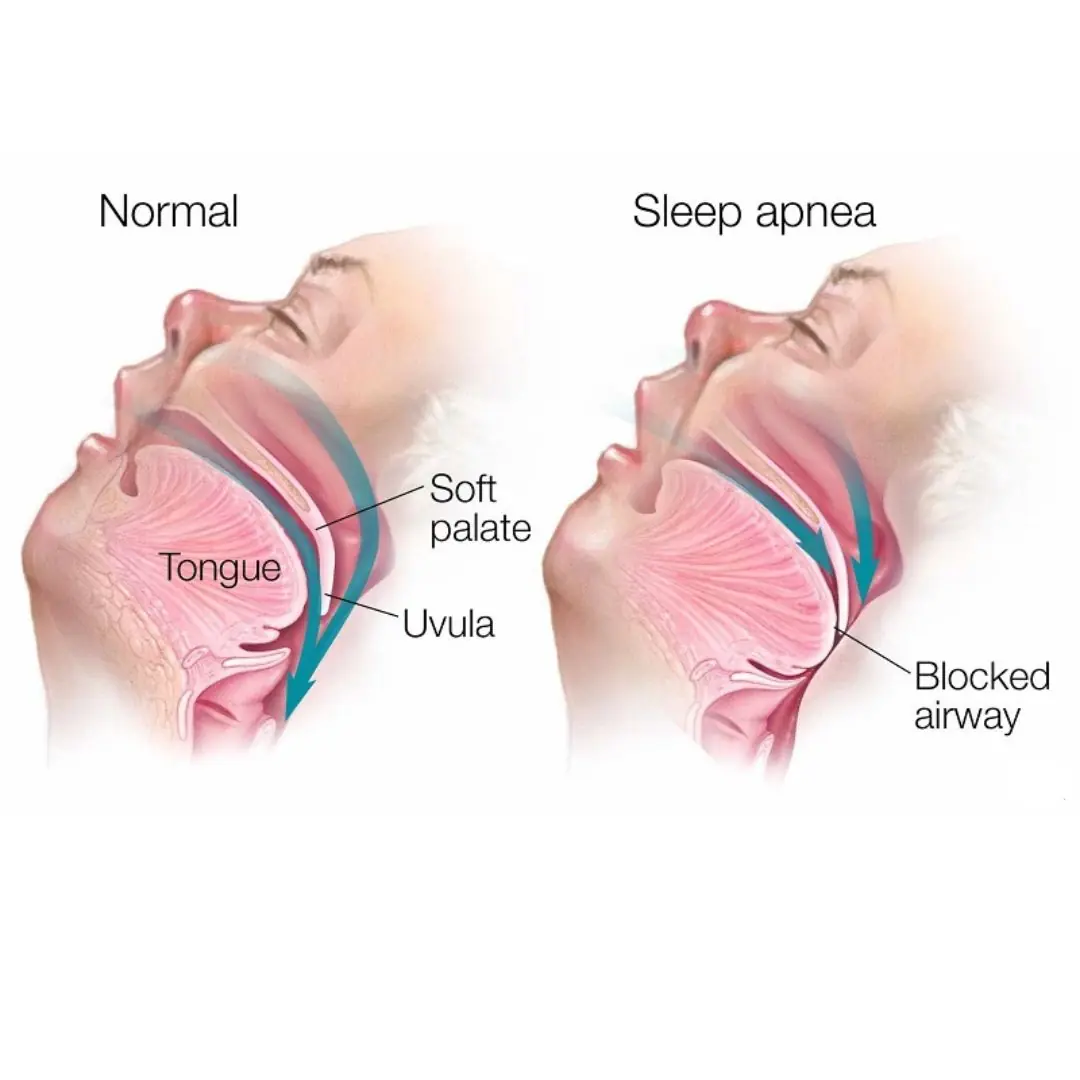
4 Signs You Might Have Sleep Apnea

There is a button on the washing machine that if turned on, the clothes will be cleaner and last longer, but many people still don't know about it.

Pests Are Secretly Taking Over Your House — Watch Out for These 7 Warning Signs

Frequently waking up at 3-4 AM: Be careful of these 4 sc.ary dis.eases
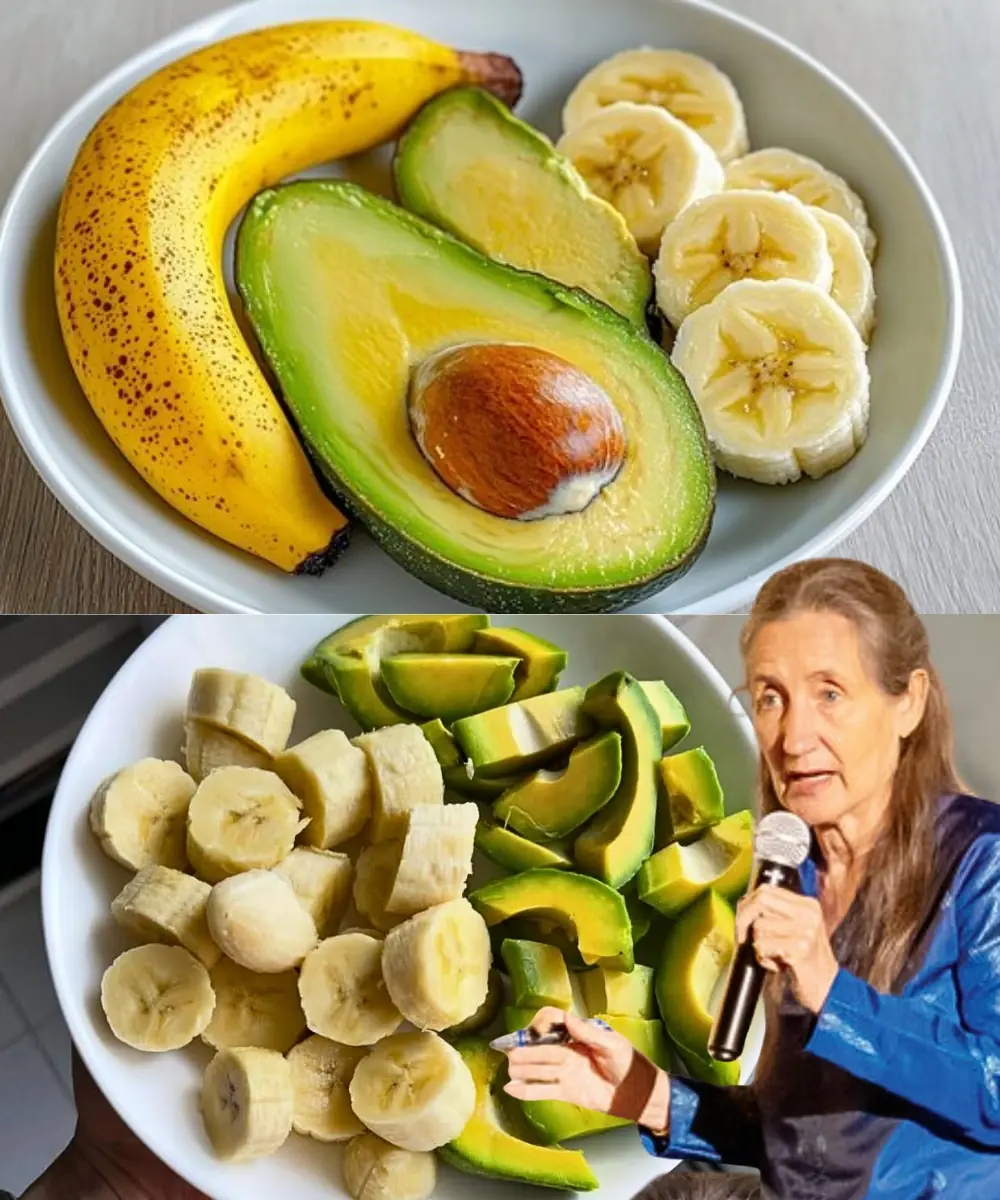
12 noticeable benefits of eating banana and avocado every morning for just one month
